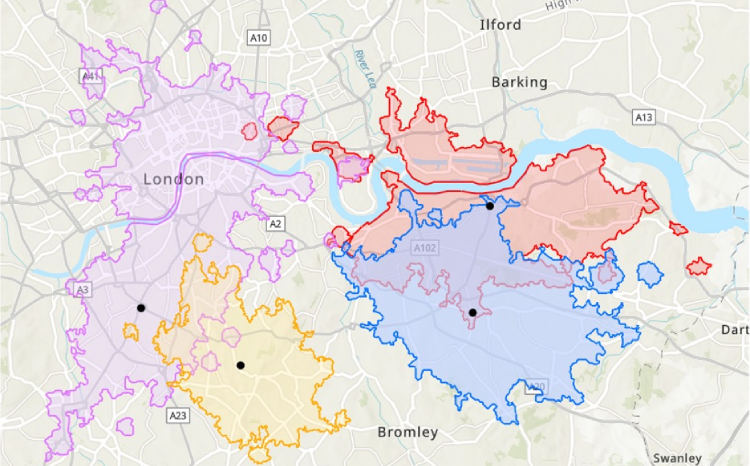Key Takeaways
- NHS South East London has identified Lambeth and Greenwich as the initial locations for women’s and girls’ health hubs aimed at improving access to vital health services.
- The hubs will offer care related to menstrual health, menopause, pre-conception, and cancer awareness, using sophisticated spatial analysis to determine site placement.
- The initiative aims to minimize hospital visits and enhance timely access to care through a combination of GP referrals and self-referrals.
New Women’s and Girls’ Health Hubs Announced
NHS South East London has launched a significant initiative to enhance healthcare access for women and girls by establishing two health hubs in the boroughs of Lambeth and Greenwich. These hubs are designed to address health disparities and provide crucial services such as menstrual care, menopause support, pre-conception care, and awareness surrounding breast and cervical cancer.
Using advanced spatial analysis techniques, NHS SE London identified optimal sites for these hubs based on service usage and demographic data from six boroughs. The analysis employed Esri UK’s geographic information system (GIS) software, moving away from traditional methods like isolated charts and tables to visualize the healthcare needs of the community.
Alice Gough, program manager for the women’s and girls’ health hubs, emphasized the significance of visualizing conditions such as fibroids and endometriosis down to a neighborhood level. This approach has revealed unmet healthcare needs, allowing for tailored community outreach programs and informed service design for the health hubs.
The analysis indicated that Lambeth will initially implement a virtual triage model, transitioning to a physical hub located within a GP practice over time. The Greenwich hub will be situated in an existing community health center, which will also provide sexual, reproductive, and contraception health services.
To ensure maximum accessibility, the spatial analysis also included a study of journey times. The analytics team aimed to identify sites that would be easily reachable while making the best use of existing healthcare facilities. This comprehensive analysis included evaluation of patient-level service usage for various women’s health issues, such as long-acting reversible contraceptives, heavy menstrual bleeding, and menopause treatments, along with demographic factors like deprivation data.
Duncan Booth, head of health and social care at Esri UK, highlighted the value of integrating disparate datasets to better understand service demand, advocating for this geospatial approach as a solution for overcoming healthcare delivery challenges in the NHS. As organizations increasingly turn digital to address backlogs and focus on preventive care, this method provides valuable insights for planning new services.
The newly established women’s and girls’ health hubs are set to accept referrals from general practitioners as well as self-referrals from individuals, providing a more straightforward pathway to care and reducing the necessity for hospital visits. The project plans to enhance data collection further by incorporating additional metrics, including cervical screening data and referrals to secondary care gynaecology services.
This initiative reflects a proactive step towards ensuring comprehensive health support and addressing the specific needs of women and girls in South East London, ultimately contributing to improved health outcomes within the community.
The content above is a summary. For more details, see the source article.















